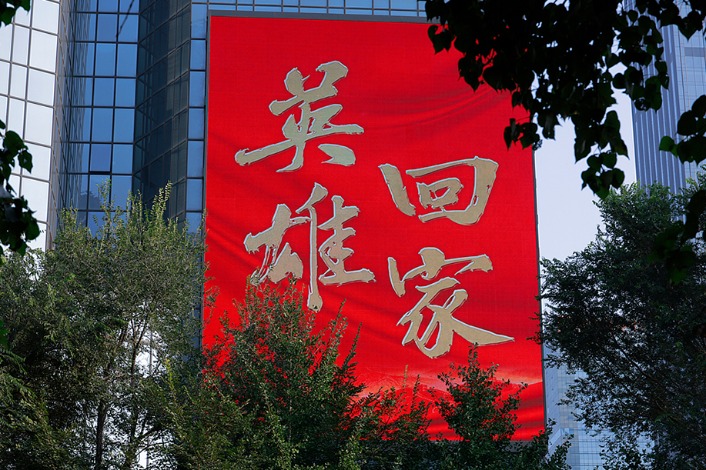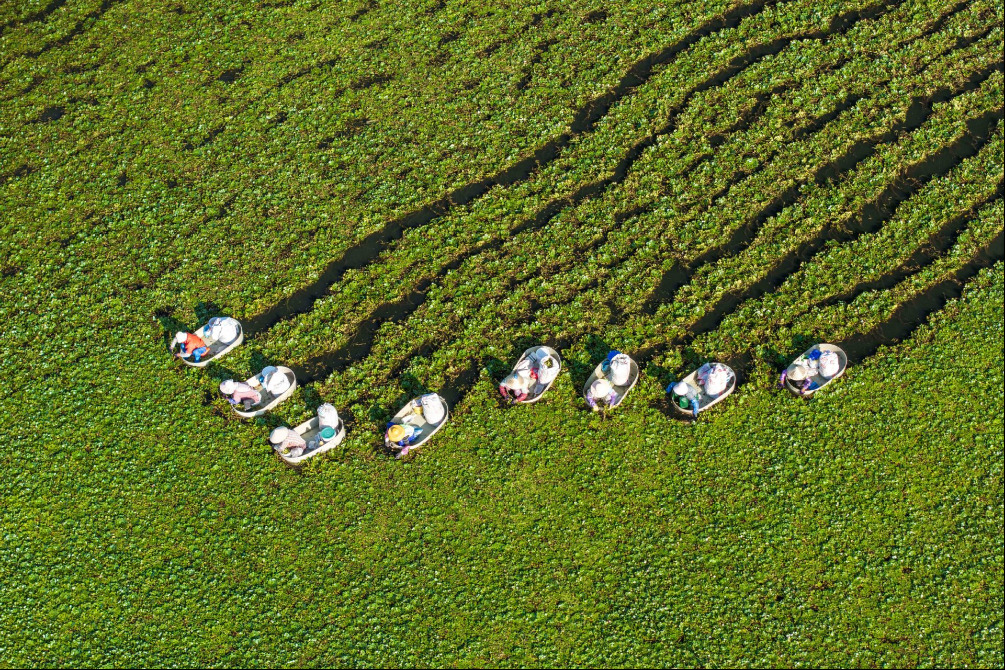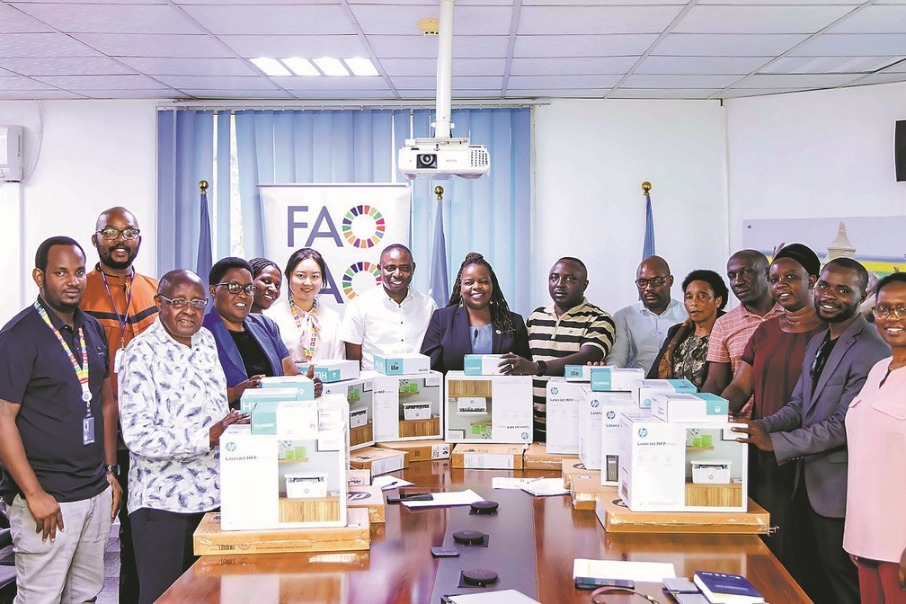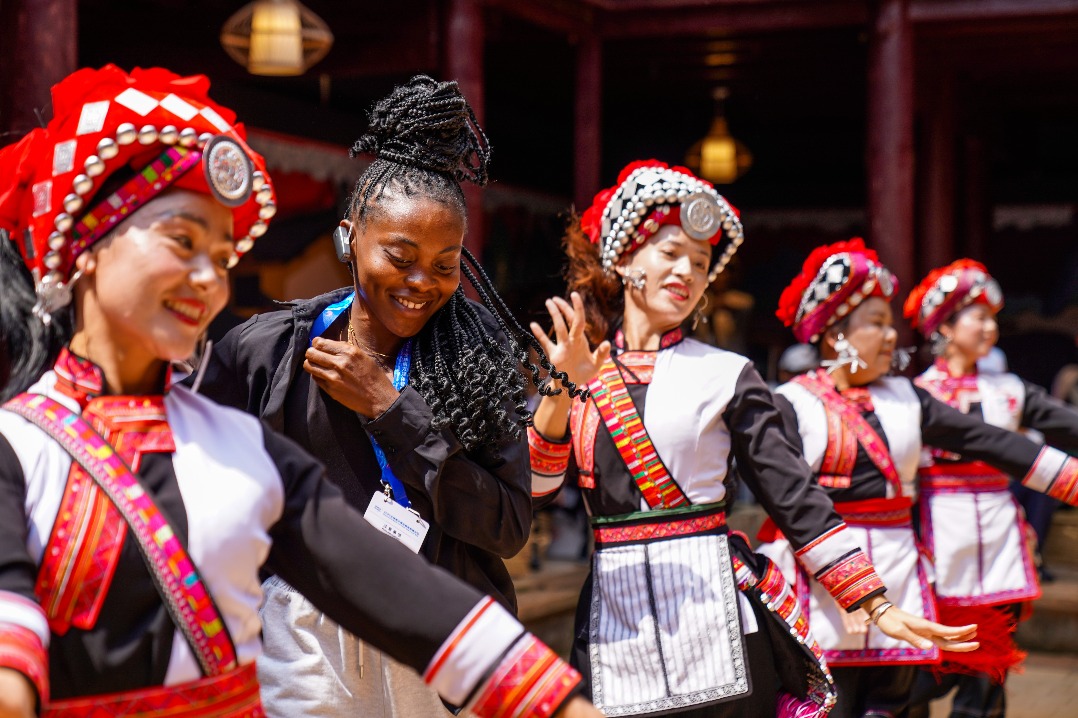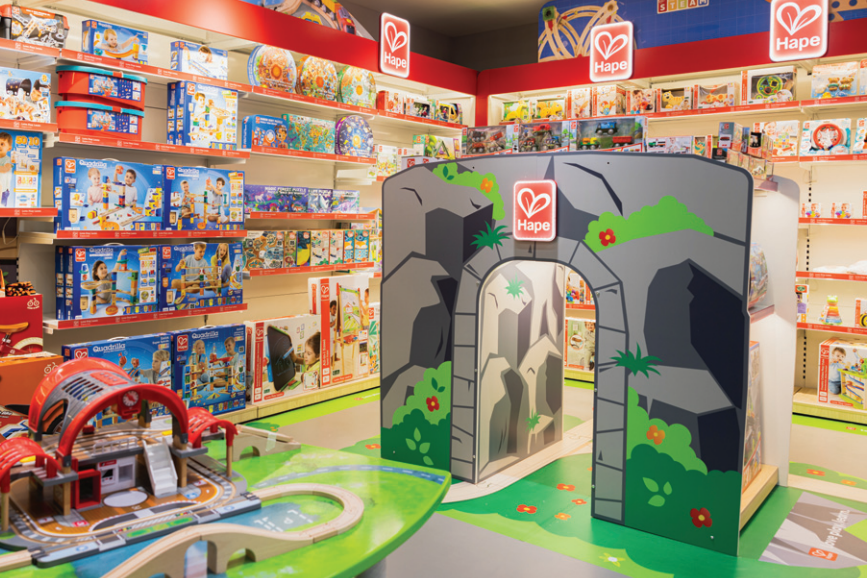Sketching a timeless tribute
Exhibition honors 20th-century artist with nearly 100 of his works on his 130th birth anniversary, Chen Nan reports.

When Xu Beihong (1895-1953), one of the most influential figures in 20th-century Chinese art, enrolled at the Ecole Nationale Superieure des Beaux-Arts in Paris in the 1920s, he immersed himself in an academic environment that would profoundly shape his artistic vision.
Often, he spent long hours in a skylighted classroom where natural light poured in from above, bathing the sculptures in the room in a soft, ethereal glow. These early years in Paris, particularly Xu's time spent sketching the human form and studying classical works, played a pivotal role in his development as an artist.
"My father always said that sketching is the foundation of all visual arts," recalls Xu Qingping, 79, son of Xu Beihong and the current director of the Xu Beihong Memorial Museum. "One must undergo rigorous training and produce hundreds, if not thousands, of practice sheets to achieve harmony between the mind and the hand."
Xu Qingping, himself an artist, reflects on the discipline and dedication his father instilled in him. "He believed that sketching was the most direct way to connect one's inner thoughts with external reality," he says.
Xu Beihong's commitment to sketching was not merely academic; it was a lifelong practice. According to Xu Qingping, his father produced thousands of sketches throughout his life. This meticulous practice of sketching laid the groundwork for Xu Beihong's later masterpieces and became a defining characteristic of his artistic journey.
In celebration of the 130th anniversary of Xu Beihong's birth, an exhibition has been organized at the museum that brings together nearly 100 of his most exquisite sketches.
According to Zhang Limeng, a curator of the museum, these works, many of which are being displayed publicly for the first time, are drawn from the collection of the Xu Beihong Memorial Museum. The exhibition marks the most comprehensive and systematic review of his sketch works since the museum opened in 1954. The Xu Beihong Memorial Museum, located in Beijing's Xinjiekou area, had undergone nearly nine years of renovation and expansion before reopening to the public in 2019.
The exhibition not only honors Xu Beihong's legacy as a painter, but also offers a rare glimpse into his creative process. It provides insight into the artist's deep commitment to both traditional Chinese art and Western techniques.
"Sketching is a way for artists to test ideas early in the creative process," Xu Qingping says. "It helps identify areas that need work and often captures raw energy and movement better than more refined works."
The exhibition begins with a strikingly personal introduction: a long hallway displaying five of Xu Beihong's self-portraits, painted in 1922, 1924, 1925, 1926, and 1931.
The first section of the exhibition focuses on Xu Beihong's time studying in France, from 1919 to 1927. During these formative years, he immersed himself in the study of classical art and Western techniques. This section includes a range of works, from detailed studies of plaster casts to intricate anatomical drawings. These sketches demonstrate his rigorous academic training and his dedication to mastering the fundamentals of Western art. His careful analysis of the human form, as well as his ability to capture light and shadow, helped him develop a refined sense of technique and precision.
In the second part of the exhibition, Xu Beihong's ability to capture the natural world is highlighted. His keen observations of landscapes, animals, and human figures are presented in a series of dynamic sketches.
"For many people, he is most famous for his paintings of horses, especially his dynamic and expressive galloping horses," Xu Qingping says. "But in this exhibition, besides horse, we've also selected works that feature other animals, such as fish, cattle and elephant."
Having spent years in Europe, Xu Beihong was able to incorporate elements of classical European art into his traditional Chinese training, creating a style that was distinctly his own.
One of his most celebrated works, Yugong Yishan, is named after a Chinese folktale in which a man attempts to move mountains. Two versions of this painting — one an oil painting in the Western style and the other a traditional Chinese ink work — were created in 1940, when he was invited by Nobel laureate Rabindranath Tagore to exhibit in India.
He depicted nearly naked, muscular men laboring to move mountains, with elephants — rather than the usual cattle — used to transport materials. This choice of animals, alongside the dramatic portrayal of human figures, underscored the artist's deep engagement with both Eastern and Western traditions.
According to Xu Qingping, the idea for Yugong Yishan had been in his father's mind for two decades. However, it was the construction of the Burma Road that inspired him to finally begin work on the project.
The Burma Road, which connected Myanmar to China's Yunnan province, was a crucial route for transporting supplies to China during the Chinese people's War of Resistance Against Japanese Aggression (1931-45). Chinese workers and engineers toiled on the road, many losing their lives in the dangerous terrain. Xu Beihong's portrayal of these workers in Yugong Yishan was a tribute to their sacrifice and determination.
"Some of his sketches for these paintings are displayed in the exhibition," Xu Qingping says. "For instance, there are studies of dandelions growing on the ground, and the muscular structure of the Indian laborers. He called them 'modern-day Yugong'."
Lin Mao, president of the Central Academy of Fine Arts, says: "Xu Beihong's sketching integrates the essence of Chinese artistic traditions with the strengths of Western art. His works combine the anatomical accuracy and light-shadow techniques of Western realism with the elegance of Chinese bai miao — fine-line drawing and ink wash."
Xu Beihong, born in Yixing, Jiangsu province, was also the first director of the Central Academy of Fine Arts in Beijing after the founding of New China in 1949.
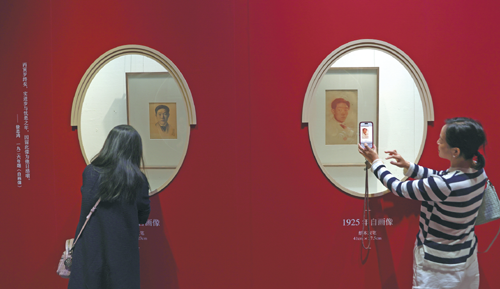
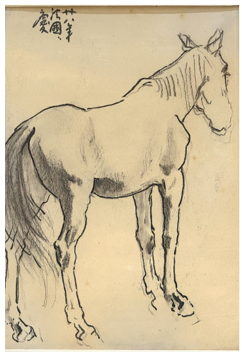
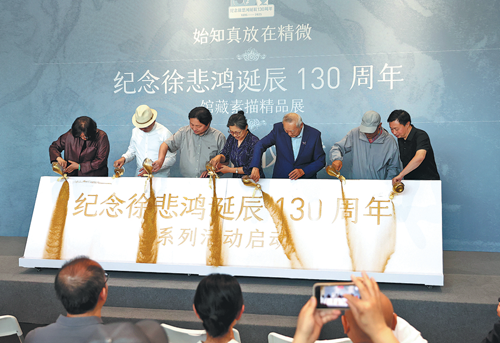
Today's Top News
- Remains of 30 Chinese martyrs in Korean War returned to homeland from ROK
- Forum eyes world peace and stability
- FM urges US to 'exercise prudence in words, deeds'
- Large lenders go all in on tech finance
- Nation's righteous path in the WWII fight against fascism
- CNS Fujian heads for South China Sea for scientific research tests, training missions
















